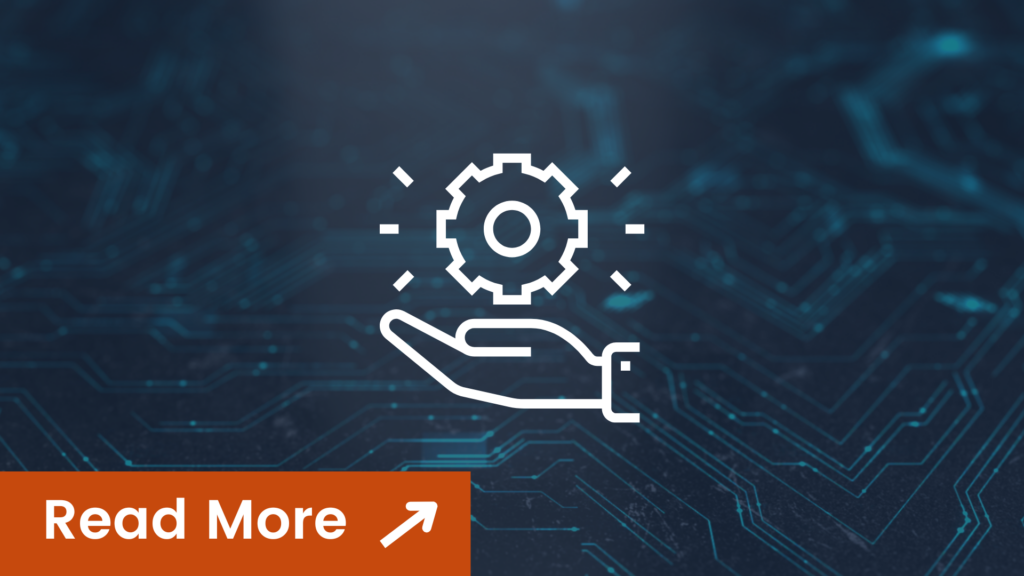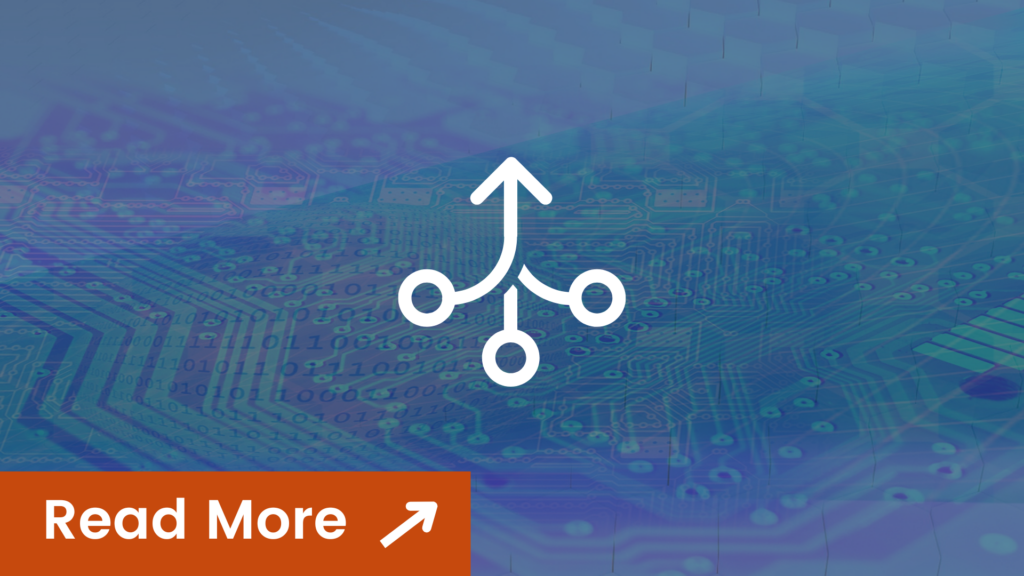Modular Contract Design for Seamless PPA Management

From Complexity to Clarity Efficient and Scalable PPA Management for Growing Renewable Portfolios As renewable energy portfolios grow, managing Power Purchase Agreements (PPAs) becomes increasingly challenging. Manual processes and customizations often lead to inefficiency and scalability issues. Value Creed’s modular approach offers a solution by breaking contracts into standardized, reusable modules for consistent and scalable […]
Achieving Operational Efficiency with ETRM Consolidation

The Path to Operational Efficiency Achieve Operational Efficiency Through ETRM Consolidation As energy companies expand into new markets, regions, or commodities, they often face challenges managing multiple ETRM systems. The need for consolidation arises, but how can this be achieved efficiently while minimizing risks? Recognizing that ETRM consolidation isn’t a one-size-fits-all solution, adopting a tailored […]
Enhancing Your ETRM Landscape with a Modular Approach

Leveraging Data Management for Optimal Performance Monolithic vs Modular ETRM ETRM systems are game-changers for companies across the energy value chain; from upstream oil and gas producers to downstream retailers. To manage complex business operations effectively, organizations must choose between a monolithic ETRM system, which centralizes functions, or a modular approach with specialized tools. Each […]
CTRM Robotic Process Automation for Natural Gas Marketing

Manual Administrative Processes are Slowing You Down Slow data and manual processes obscure the data your natural gas enterprise needs to maximize revenues and optimize strategy. Time your traders and schedulers spend entering, transferring, and massaging data is time they cannot devote to locking in profits, mitigating risks, and generating insights. These business processes cause […]
CTRM Robotic Process Automation for Producer Operations

Common Producer Operations Bottlenecks – How To Compete You only make money when you sell your product to a broker, refinery, or manufacturer. Doesn’t it make sense for your traders and marketers to focus on these activities. Spending time entering data into CTRM platforms and updating spreadsheets leads to incomplete information. Robotic process automation (RPA) […]

